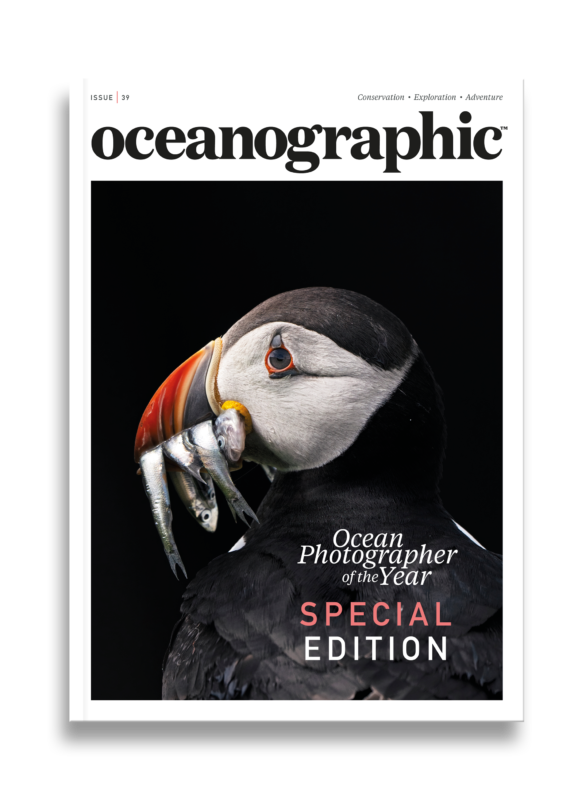A long-term study of hard coral coverage on the island groups of the Great Barrier Reef has found declines of between 40 and 50% of live, hard coral at inshore island groups throughout recent decades.
Data from monitoring dives between 1999 and 2017 at 100 different locations across the Whitsunday Islands, Magnetic Island, Keppel Islands and Palm Islands revealed the extreme drop in hard coral populations. Scientists found that they were being impacts by multiple stressors, including heat increase, which has caused bleaching, flood plumes, cyclones and poor water quality.
The study aimed to better understand the relative importance of varying stressors on inshore island reefs and hard coral, such as heat stress, exposure to cyclones and flood plumes.

“Normal cycles of disturbance and recovery are natural, and the reef historically has had good recovery potential,” said lead author Dr Ceccarelli, of the ARC Centre of Excellence for Coral Reef Studies at James Cook University (JCU). “But human impacts are increasing the frequency of disturbances such as coral bleaching, leaving little time between events to allow a full recovery. We were shocked when we calculated the changes.”
Dr Ceccarelli noted that inshore reefs, like those studied, were more vulnerable to the impacts of sediments and nutrients running off the land – especially reefs that were less exposed to waves that could wash pollution away more quickly.
“The impacts of individual disturbance events were patchy. Some reefs avoided the worst effects – but the cumulative impacts of multiple, frequent events reduced coral cover and diversity,” said co-author Dr David Williamson, also from Coral CoE at JCU. “The corals on the exposed, outer sides of the island had an advantage. This is because they were well-flushed by currents.”
Dr Ceccarelli said their latest expedition identified several factors that influenced coral cover on reefs at each island group, but temperature stress from marine heatwaves and wave exposure stood out as key factors at the reef sites consistently. Her team found that there was a clear threshold of heat stress above which coral cover consistently declined. Additionally, corals on these inshore reefs appeared to have a lower heat stress threshold than previously reported.
JCU researchers have monitored the condition and trends of inshore reefs in the Great Barrier Reef Marine Park (GBRMP) since the late 1990s.
“Our findings demonstrate the value of long-term datasets in helping us understand what’s important on these reefs,” Dr Williamson said. “This information can test management actions that aim to maintain natural biodiversity and ecological processes.”
Despite these findings, both Dr Ceccarelli and Dr Williamson stress that it’s not too late and that there is still plenty worth fighting for. “If we can tackle water quality locally and climate change globally, then there is hope,” Dr Ceccarelli concluded.
To read the full paper, ‘Long‐term dynamics and drivers of coral and macroalgal cover on inshore reefs of the Great Barrier Reef Marine Park’, click here.
Photograph courtesy of the XL Catlin Seaview Survey.
For more from our Ocean Newsroom, click here or on one of the images below:






